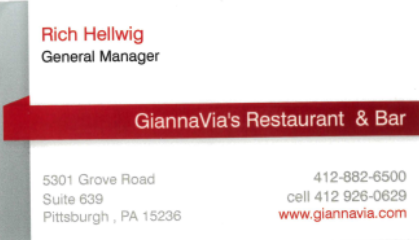Column: U.S. News ranking system flawed and unfair
Photo via dawnjacksonblanter.com
U.S. News and World Report’s willingness to lean into the high rankings of rich school districts emphasizes the problems that they have also had with their highly publicized college rankings.
May 31, 2019
U.S. News and World Report recently released a ranking of all Pennsylvania high schools — despite taking heat for their ranking of colleges — and their rankings illustrate many of the issues with ranking high schools against one another.
Rich school districts and private schools litter the top of the list, which consists of 688 different Pennsylvania high schools. The likes of Upper Saint Clair, North Allegheny, Mount Lebanon, and Peters Township, the four wealthiest school districts in the Pittsburgh area, all rank within the top 20, with Pine-Richland and Fox Chapel just behind.
Pittsburgh Creative and Performing Arts School, an exclusive high school in downtown Pittsburgh for which students must try out to gain admission, also ranks within the top group of schools.
U.S. News places a heavy emphasis on proficiency in core classes and success on Advanced Placement testing to create a school’s overall score, which are measures that these wealthy schools are going to perform well in.
If students in a highly ranked school struggle in a class, or even just want to do well on an AP test, their family’s wealth often makes it more feasible to hire a tutor for assistance. It gives them a competitive advantage, and a means to rank higher than their competition.
U.S. News and World Report’s willingness to lean into the high rankings of rich school districts emphasizes the problems that they have also had with their highly publicized college rankings.
The rankings, both of high schools and colleges, completely ignore the intangibles that make schools unique and different from one another, such as their sports programs, diversity, and relative wealth.
These aspects of each school make them what they are — not their scores on AP exams or their students’ proficiency in their core classes.
For example, Baldwin ranks at 320th in the state and 35th out of 62 high schools in the Pittsburgh area. While those may not seem bad, they do not tell the whole Baldwin story.
The high school may not have the highest test scores, but it stands out among the rest for its intangibles and aspects that other schools simply can’t repeat, such as its diverse student body, solid sports programs, and general inclusiveness towards students.
For these reasons, the U.S. News and World Report’s ranking of high schools proves flawed, as it simply cannot accurately and fairly show which high schools are better than one another.





